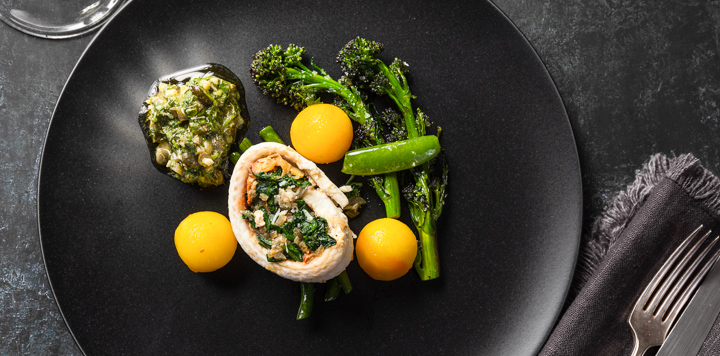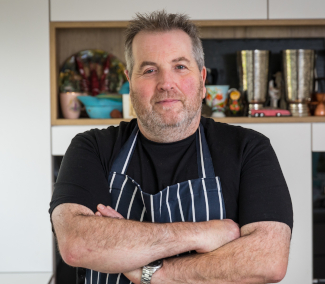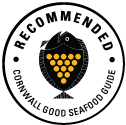


North Coast (VIIf and VIIg)
Crabs caught thorough entanglement in gill nets are lower quality and outside the 6 mile limit there are smaller minimum landing sizes. Some issues with accidental by-catch with this method. Stocks are under more pressure off the North Coast.

South Coast (area VIIe)
Potting is a selective and low impact method and within the 6 mile limits Cornwall Inshore Fisheries and Conservation authority monitor and strictly regulate the fishery. Crab Stocks are most healthy off Cornwall's South Coast.

South Coast (area VIIe)
Crabs caught thorough entanglement in gill nets are lower quality and outside the 6 mile limit there are smaller minimum landing sizes. Some issues with accidental by-catch with this method. Stocks are healthier off the South Coast

North Coast (VIIf and VIIg)
Potting is a selective and low impact method and within the 6 mile limits Cornwall Inshore Fisheries and Conservation authority monitor and strictly regulate the fishery.

Off Cornwall's south Coast (VII e)
Gill nets are lightweight nets made of nylon (monofilament) fishing line that are anchored to the seabed and are used to catch fish by entangling the gills.

Off Cornwall's South Coast (Area VII e)
Beam trawls are nets with a steel beam that holds the net open. The belly of the net is made of chains and the upper surface of the net is mesh. Beam trawlers pull two nets along the seabed simultaneously.

Off Cornwall's South Coast (area VII e)
Demersal trawls are large nets that are pulled through the water with the bottom edge of the net touching the seabed. At each edge the net is pulled open by metal ‘trawl doors’. Sometimes referred to as Otter trawling.

Off Cornwall's North Coast (area VII f and g)
Demersal trawls are large nets that are pulled through the water with the bottom edge of the net touching the seabed. At each edge the net is pulled open by metal ‘trawl doors’. Sometimes referred to as Otter trawling.

Off Cornwall's North Coast area VII f and g
Beam trawls are nets with a steel beam that holds the net open. The belly of the net is made of chains and the upper surface of the net is mesh. Beam trawlers pull two nets along the seabed simultaneously.


Cornwall Good Seafood Guide is underpinned by the Marine Conservation Society (MCS) Good Fish Guide. The first UK consumer guide to sustainable seafood. For more information visit www.fishonline.org
Cornwall Good Seafood Guide is here to help us all make sustainable seafood choices. Choices that will help us keep the oceans healthy and Cornish fishers' futures safe. This website is funded by Cornwall Wildlife Trust. If you would like to make a meaningful difference to the health of our oceans, please consider making a donation to the Cornwall Wildlife Trust Ocean Emergency fund. Your donation will help safeguard these remarkable environments, ensuring that they continue to thrive for generations to come. Together, we can be stewards of the seas and champions for a healthier, more sustainable future.